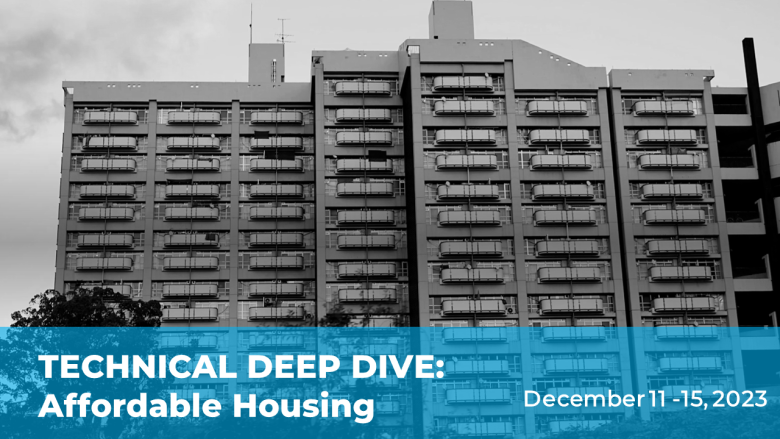
The challenge of achieving adequate, quality, safe and affordable housing is not only daunting but also pervasive. It is faced not only by poor nations or poor societies where we find nearly a billion people in slums; it is also prevalent in the otherwise-thriving economic centers of advanced economies, where many “non-poor” – including middle-income households – struggle to find decent housing.
The formal housing sector has been unable to produce new housing at the scale or price needed to respond to demand. As a result, housing choice is severely restricted for both low- and middle-income households, and a large part of the population is forced to find alternative housing solutions.
The TDD took place in Hiroshima to learn about the experience of Hiroshima in addressing severe housing shortages in the wake of the Pacific War. Participants learned about the changes in Hiroshima’s land readjustment policies and the various housing projects taken by the city from post-war development to periods of economic and population growth.
Client Challenges Covered
Participants examined the primary problems of affordable housing provision in their respective countries, which include insufficient land availability, lack of infrastructure and basic services, weak governance, inadequate institutional framework, absence of adequate funding mechanisms and private sector involvement in housing provision, poor maintenance of public housing, and housing supply unable to cope with increasing demand.
Key Findings
The TDD generated valuable insights from both participants and experts on the pressing challenge of affordable housing given rapid urbanization and the limited ability of the poor to access decent and resilient housing. The following are some key takeaways from the TDD.
- Defining and operationalizing affordable housing needs a multidimensional approach. One-size-fits-all approach cannot meet diverse needs and also poses the risk of segregating the urban poor. A multidimensional approach in defining and operationalizing affordable housing minimizes costs and risks and maximizes access to three types of networks: a) physical - water, sanitation, drainage, streets, electricity), b) social - adequate amenities for education, health and parks, and c) economic - mobility in the city, access to nearby employment and local opportunities in mixed neighborhoods). In a face of the climate change, sustainable solutions to service provision (e.g., solar, sanitation, solid waste) can allow for greater accessibility and lower costs.
- Cities grow not in the ways that it is planned, but based on how they are financed. Cities can certainly develop in the way it is planned; but in reality, the implementation of urban infrastructure, including housing, depends largely on the financial resources of a city. Therefore, it is important to strengthen the financial market and financial products that are tailored to low-income housing segments. The Dominican Republic story featured cases of conducting credit checks on low-income borrowers and setting up agencies that help low-income borrowers to secure funds from local banks for rental housing. Equally important is strengthening the incentives for private developments to construct homes for low-income segments, which requires strong coordination with the local governments to ensure that the private developers are not overexposed from rental defaults or low-credit borrowers.
- Improving informal settlements is not only addressing a basic human right, it also creates values for the society in general. Integrating slums into the formal housing market creates new values, such as improvements to public security, increase in livability, and decreasing the cost of poverty. Informal settlements constrain the economic growth and efficiency of cities. Upgrading informal areas also means unlocking additional human potential that raises general productivity. One of the ways is through economic empowerment and by bringing formal businesses and services to settlement areas. Economic empowerment and investment in children are one of the most effective ways to reduce intergenerational transmission of poverty.
Locations for site visits
The following facilities were visited during this TDD:
- Urban Renaissance Museum of Urban Design and Lifestyle
The Museum of Urban Design and Lifestyle, owned and operated by Urban Renaissance Agency (UR), is in Akabanedai, located in the outskirts of Tokyo. This area is one of the UR project areas for regeneration where many newly renovated and constructed apartment complexes along with units that are 40 years old can be found. The museum is located in the middle of this apartment district and shows the evolution of Japanese housing models with real-size replicas inside the museum.
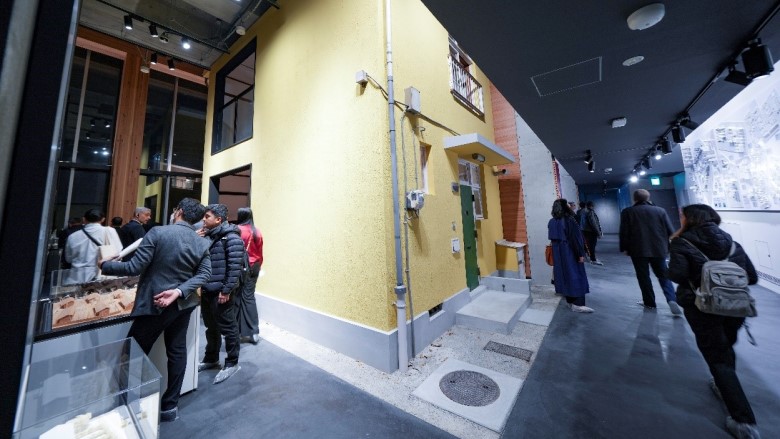
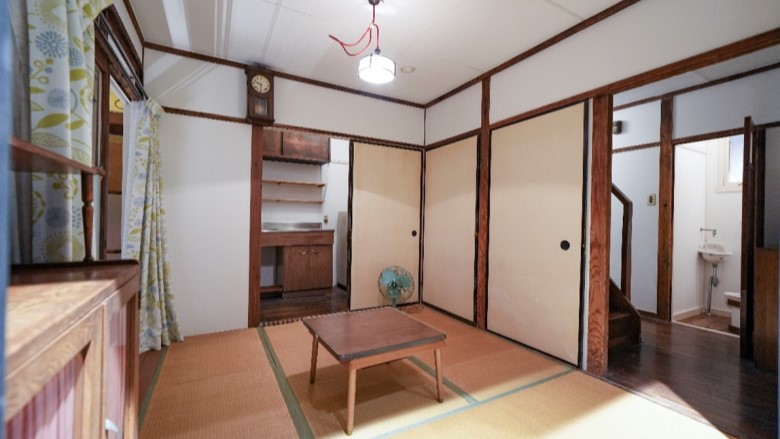
- Koyo Apartment District
Koyo apartment district is located 30 mins away, by tram, from downtown Hiroshima and was built in the 1960s when Hiroshima City was experiencing population growth in pace with economic growth of the region. This district has units that are managed by both the Hiroshima Prefecture and UR. Participants saw units of housing units of similar design, which were a way to keep the construction cost down. Despite the outdated exterior of the buildings, these apartment units are continued to be maintained well with high rates of occupancy.
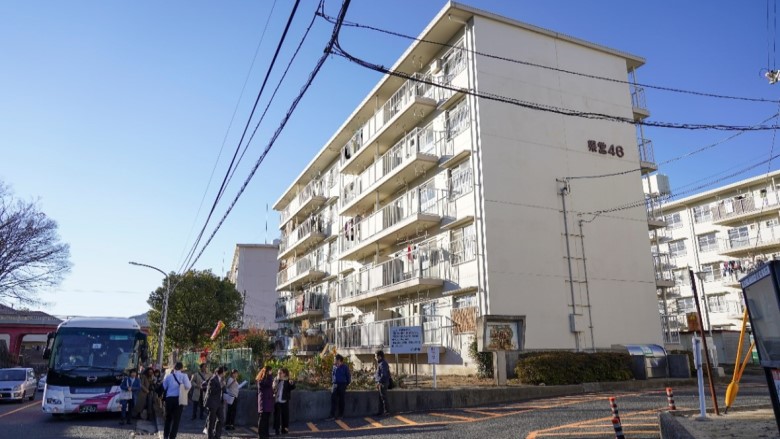
- Motomachi Apartment District
The Motomachi apartment district is the first apartment housing that was built after the explosion of the atomic bomb in Hiroshima. Erstwhile a military base, Motomachi was later designated as an area for affordable housing in light of the severe housing shortages in Hiroshima. This is a district dotted with five-story buildings that were built initially after the war and later with the high-rise apartments that were constructed during the periods of population increase in Hiroshima. With time, the residents have also aged with the buildings. But many elderly continue to consider Motomachi as home and there are many community initiatives that are organized for the residents, such group exercises.
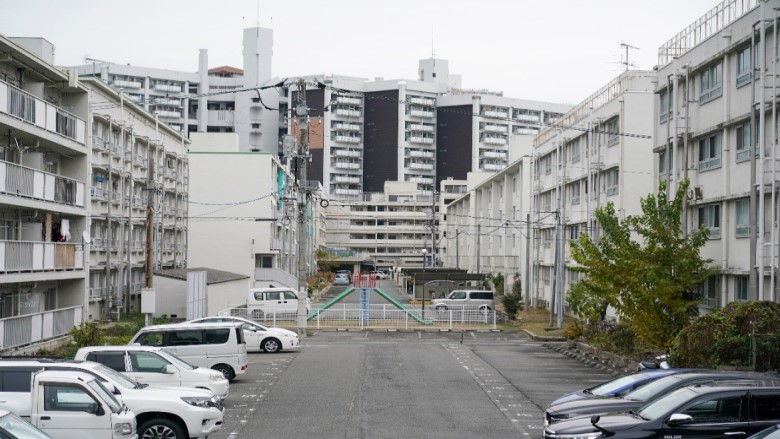
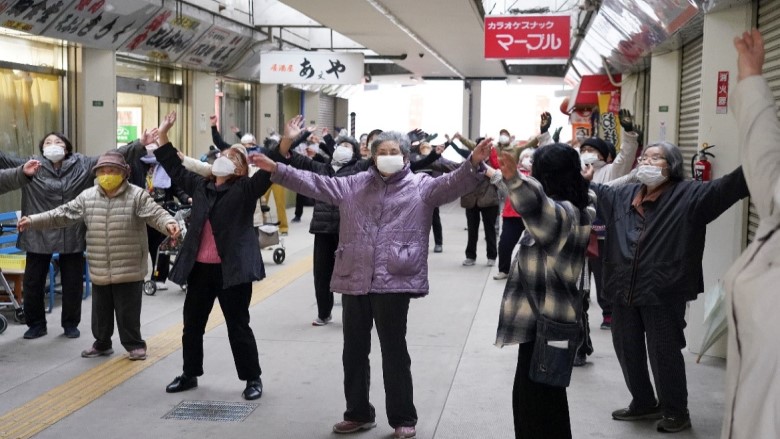
Motomachi was featured for the second time this year for the World Bank Technical Deep Dive (MOTOMACHI PROJECT - MOTOMACHI TIMES, JANUARY 14, 2024).